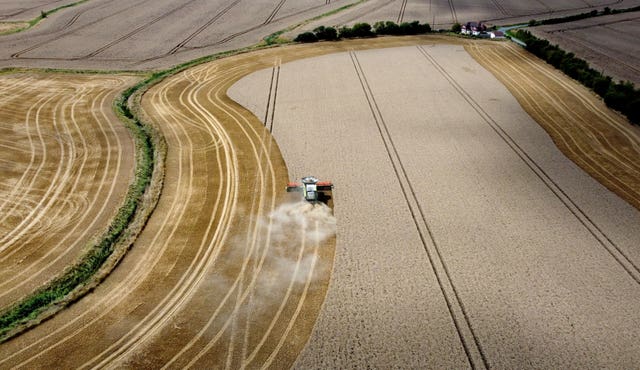Reed seeks to reassure farmers as forecasts show 9% farmland shift for net zero
To meet environmental and climate targets, the Government predicts that 1.6 million hectares of England’s land may need to change its use by 2050.

The Environment Secretary has sought to reassure farmers after Government forecasts showed that 9% of agricultural land needs to be axed by 2050 to meet green targets.
In a speech at the Royal Geographical Society in London on Friday, Steve Reed launched a consultation on the long-awaited land-use framework, a guide for planning authorities and land managers on the future of England’s finite landscape in the face of escalating demands.
Consultation documents presented newly collated datasets and maps outlining how land-use must shift in the coming decades as the changes and populations grow.
Under the proposals, the highest quality agricultural land will remain protected for food production, but ministers will also look at where land can be used for other needs such as solar farms, reservoirs, roads, new woodlands and new towns.
In order to meet national environmental and climate targets, the Government predicts that 1.6 million hectares of England’s land may need to change its use by 2050.
Estimates show about 9% (760,000 hectares) of agricultural land must be replaced by measures like solar panels, tree planting and habitat restoration.
A further 3% of agricultural land (430,000 hectares) will need to be farmed primarily for environmental purposes, with limited food production.
To keep this on track, ministers predict at least half of these changes must be made by 2035.

The South West and the Peak District could see some of the biggest transformations, with agricultural land in the areas identified as potentially more suitable for purposes like peatland restoration and tree planting.





